‘Those who offer something different will be the winners’
At a post-Drupa PrintWeek event, industry guru Frank Romano discussed the web, diversification and newspapers’ futures. Here are his key points.
14 Aug 2012 | By www.proprint.com.au
Diversify to survive was the message from print guru Frank Romano, who spoke at a PrintWeek event last Wednesday (July 4), entitled ‘Frankly Speaking’.
Words: Melanie Defries
| 30-second briefing: Romano’s words of wisdom |
|
- Printers need to explore new markets, including less traditional sectors such as textile and industrial printing.
- Many commercial printers are moving into packaging and price competition is starting to appear.
-The trend for printers to diversify into packaging could lead to the commoditisation of the sector .
-Inflation in China means that companies are starting to set up factories in different countries such as Vietnam, which has a growing print sector.
- Older generations are embracing new technology, such as iPads and Kindles, which could contribute to the demise of newspapers.
- Newspaper printers and commercial printers are now in competition for commercial print jobs.
- At the New York Times, 75% of the work produced on the presses is commercial print.
- Printer revenues are coming from changing sources, with some printers making more money from services such as fulfilment than from printing.
|
|
Opinion: This Drupa found its identity in the variety of technology
- Frank Romano, Professor emeritus, RIT
|
|
I have never seen so many printing technologies in one place at the same time as at Drupa 2012. We had offset, gravure, and digital to name but a few. While this level of choice is a good thing, it leaves people trying to figure out what technology is best for what they want to do and that is the real issue.
Having stayed at Drupa for the duration and having attended every press conference, I have drawn some conclusions. Offset has improved incrementally. There were great leaps of technology but offset got better in terms of higher quality, better efficiency and greater productivity.
All of this is relevant, of course, if you buy a new press. I encourage printers that have two or three older presses to replace them with one new one. It will cost less to run, as you will cut manpower costs and be more productive in the process. However, printers like having two of something in case one happens to break down. That is their choice.
Looking at toner-based printing technologies, these remained static while digital inkjet technology also improved incrementally. 15% of print worldwide today is produced digitally, but when you say there are a trillion possible pages that can be printed digitally, you are in danger of commoditising that technology. This is wrong – especially when you consider the developments taking place in that sector.
B2 was a prominent technology at Drupa but much that was on offer is a while off from becoming reality at present. You look at the Elan machine – a year away; the KM1 Konica and Komori tie-up– a year away; the MGI Alphajet – a year away. And it’s the same with Miyakoshi and Ryobi, too.
The real growth in print is in inkjet, but this is where Drupa is all about hope, because much of what we saw there will not be ready for two years. There is also an argument concerning whether we really need B2 inkjet machines. In my eyes, the most overlooked technology at Drupa was the Highcon Euclid. This machine, an Israeli device, is very interesting, but questions of speed, the cost of the machine and cost of the unit still need to be answered.
The Scodix digital embossing technology was another highlight for me. People will pay for the value of that sensory approach – when you walk into a print competition, you know that you will be seeing their best work, but what differentiates between the competitors is finishing.
Ultimately, people will remember Drupa as the Landa Drupa and its technology has phenomenal advantages. What Landa has promised to give, more than anything else, is the ability to print on any kind of paper and any substrate to a degree – unlike inkjet, which requires a coating before printing.
With Landa, you have the potential for a stable platform going forward by printing onto any paper, much like offset technology. A lot of people have put their money where their mouth is. When it comes out, they want to be in the line to get it. Benny Landa still has some way to go in terms of quality, but you know he will make it work because he has his own money behind him.
|



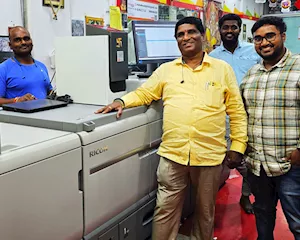
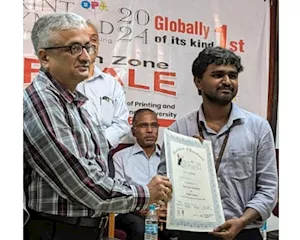

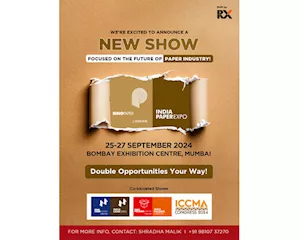
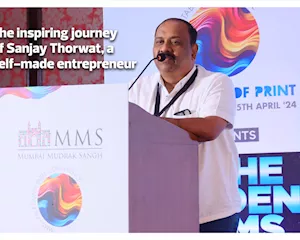

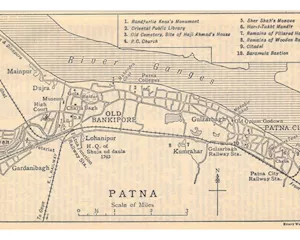
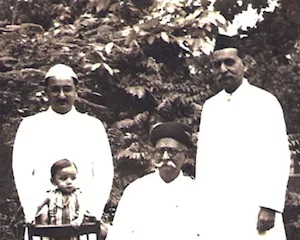
 See All
See All